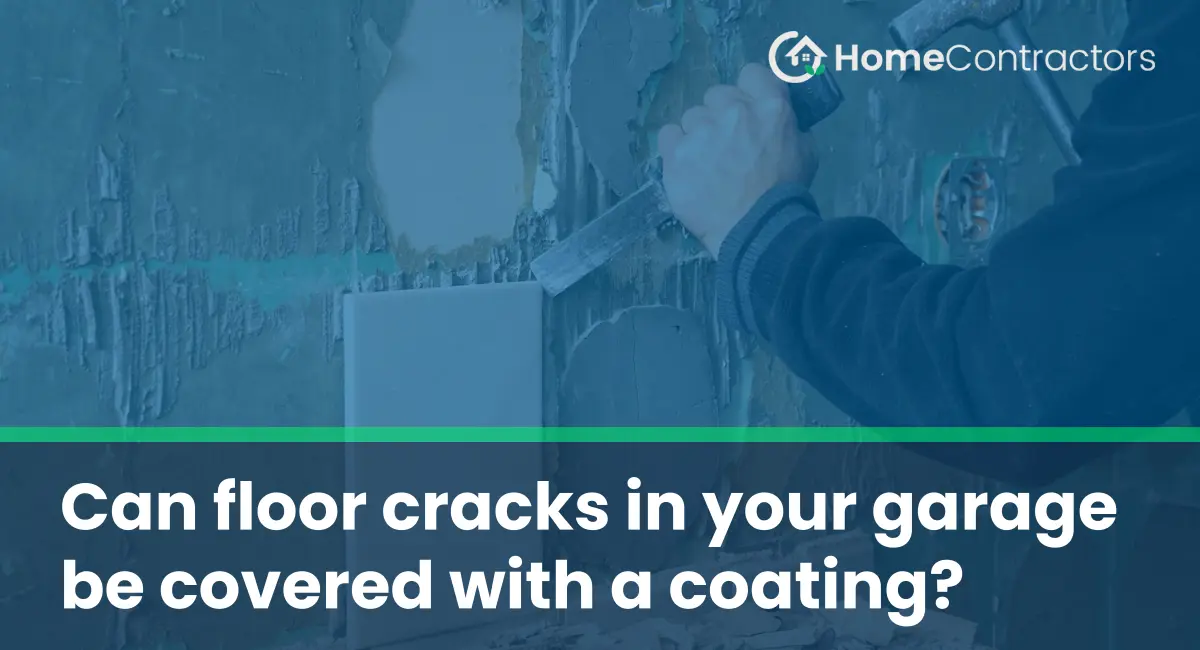If you have a garage, chances are you use it not only to park your car but also as a storage space, workshop, or even a recreational area. Over time, the daily wear and tear can take a toll on the flooring, leading to cracks. Not only do these cracks look unsightly, but they can also pose safety hazards and allow moisture to seep in, causing further damage. One possible solution to cover these floor cracks is to apply a coating. In this article, we will delve into whether floor cracks in your garage can be effectively and aesthetically covered with a coating.
Understanding the nature of floor cracks
Before we discuss the possibility of coating floor cracks, it is crucial to understand their nature. Floor cracks can result from a variety of factors such as the settling of the foundation, changes in temperature and humidity, heavy loads, or even poor initial construction. These cracks can be either hairline or wider, depending on their cause and severity.
The purpose of coating
Coating a garage floor serves multiple purposes. Firstly, it creates a uniform and visually appealing surface, enhancing the overall aesthetic of the space. Secondly, it provides protection against further damage caused by spills, stains, chemicals, or abrasions. Finally, it can help to seal the cracks, preventing moisture penetration and reducing the risk of structural issues such as weak foundations or mold growth.
Types of coatings available
When it comes to coating garage floor cracks, there are several options available. The choice of coating depends on the severity and width of the cracks, as well as personal preference and budget. Here are some common types of coatings to consider:
- Epoxy coatings: Epoxy coatings are a popular choice for garage floors. They are known for their durability, resistance to chemicals and stains, and ability to create a seamless and glossy finish. Epoxy coatings can effectively cover hairline cracks, but more substantial cracks might require additional steps such as crack filling before applying the coating.
- Polyurea coatings: Polyurea coatings are similar to epoxy coatings in terms of durability and chemical resistance. However, polyurea coatings have the advantage of being more flexible, allowing them to better accommodate movement and slight shifting of the concrete, which can help hide and mitigate the appearance of cracks.
- Concrete overlays: For wider and more severe cracks, a concrete overlay may be necessary. Concrete overlays involve applying a new layer of concrete over the existing surface, effectively covering the cracks. This method provides a fresh and flawless appearance, but it is more labor-intensive and may require professional installation.
Considerations before coating floor cracks
Before applying any coating to cover floor cracks, it is essential to assess the severity and cause of the cracks. If the cracks are a result of underlying structural issues, such as foundation problems, it is important to address those issues first. Coating alone might only serve as a temporary solution, and the cracks could reoccur if the root cause is not addressed.
Additionally, it is crucial to prepare the surface properly before applying the coating. This includes thorough cleaning and degreasing to ensure proper adhesion. For wider cracks, crack fillers or repair mortars may need to be used to level the surface before coating.
In summary, while it is possible to cover floor cracks in your garage with a coating, the effectiveness and aesthetics depend on the severity of the cracks and the type of coating chosen. Epoxy and polyurea coatings work well for hairline cracks, while wider cracks may require a concrete overlay. It is important to address any underlying structural issues and properly prepare the surface before applying the coating to ensure long-lasting results. Ultimately, investing in a coating can not only enhance the appearance of your garage but also protect the floor from further damage and improve its functionality.
